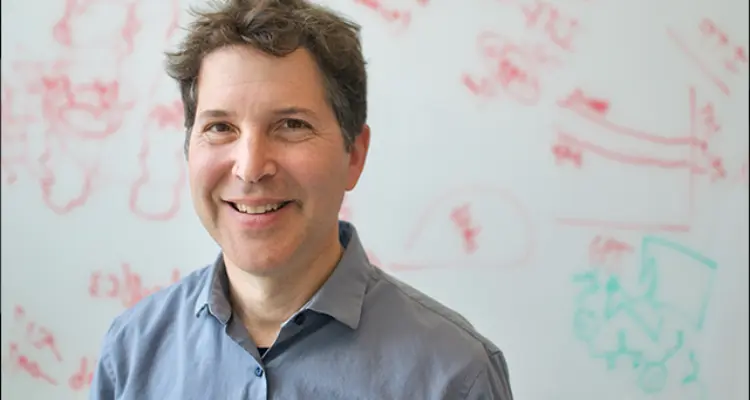The prestigious institution recognized Demis Hassabis, John Jumper and David Baker, three scientists whose use of artificial intelligence has transformed research into protein structures.
The year 2024 is a boom year for artificial intelligence. After the Nobel Prize in physics awarded Tuesday to two pioneers of neural networks, the chemistry prize on Wednesday rewarded scientists who used AI to revolutionize an entire branch of biology, the study of proteins. Half of the prize was awarded to the British Demis Hassabis, 48, and the American John Jumper, 39, both from the company Google DeepMind, for their AI program AlphaFold2.
Nobel Prize in Chemistry for David Baker
This makes it possible to predict the 3-dimensional structure of proteins, a Holy Grail that has long seemed unattainable with traditional computer techniques. The other half of the prize goes to the American David Baker, biochemist at the University of Washington in Seattle, for having achieved the feat of designing entirely new proteins, which did not exist in nature. These two very complementary approaches represent a real turning point in biology, promising to accelerate fundamental research on the understanding of the mechanisms at the heart of life but also to develop effective drugs more quickly .
The scale of the challenge
This research has a major impact on biology, because it focuses on crucial constituents in the functioning of living things: proteins. “ In living things, everything that allows a cell to function is linked to proteins,” explains Sophie Sacquin-Mora, CNRS research director at the theoretical David Baker biochemistry laboratory in Paris. And to understand how a protein works, you need to know its 3-dimensional structure. In the past, this structure was determined in the laboratory by crystallography methods, then by nuclear magnetic resonance, which could take several months, or even years in some cases.
To save time, since the 1970s, numerous initiatives have attempted to directly determine the geometry of proteins from the sequence of amino acids that compose them. “ To give an idea of the scale of the challenge to be solved, the international“Protein data bank” database contains the precise structures, determined by decades of laboratory studies, of 200,000 proteins. But there are at least 10 times, or even 100 times, more proteins than exist in nature. We only know a tiny fraction,” summarizes Sophie Sacquin-Mora.

On paper, the problem is quite simple to describe: proteins are like necklaces whose pearls are amino acids (small molecules of 20 different types in the human body). And the final shape is directly linked to the way this necklace wraps around itself; specialists talk about protein folding. After years of failed attempts to solve this challenge, the revolution arrived in 2020, with the AlphaFold 2 AI program, developed by a team led by John Jumper, at Google DeepMind, the AI research subsidiary created and led by Half Hassabis. For the first time, by simply entering a sequence of amino acids, “ it becomes possible to know the structure of any protein, ” summarized Heiner Linke, president of the Nobel committee for chemistry. The Nobel only rewards John Jumper and Demis Hasssabis, but the program is in fact the result of a team which mobilized up to 35 people at Google DeepMind.
“A sign of the major impact of this advance on all of biology and medical research, the initial article presenting AlphaFold 2 in the journal Nature in 2021 has since been cited nearly 20,000 times by other publications, which is unheard of in such a short period ,” says Alexis Verger, CNRS researcher in the integrative structural biology team in Lille. “ AlphaFold 2, or the versions which have been adapted by researchers from the source code made freely available, allows scientists to save an extraordinary amount of time in knowing the structures of proteins, and then carrying out the right experimental studies which will allow them to “understand how it works, ”explains Sergei Grudinin, specialist in bioinformatics, CNRS researcher at the Jean Kuntzmann Laboratory in Grenoble.
The other half of the Nobel, which rewards David Baker for the synthesis of new proteins, is in some ways the exact opposite of the AlphaFold process. “ You know the 3D structure that you want to produce, and the program optimizes the amino acid sequence to make it more stable, which can give rise to the corresponding protein, ” explains Alexis Verger. With this principle, David Baker’s team created a new mini-protein in 2020: it blocks the Spike protein of the coronavirus responsible for Covid-19, by “copying” the shape of the ACE2 receptor present on human cells.
Using this synthetic protein in patients would obviously require very long clinical studies to ensure its safety and effectiveness. But this type of process is obviously very attractive for pharmaceutical laboratories, because many diseases are caused by dysfunctional proteins, which we seek to inhibit.
Get the details:-
